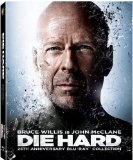| Reviews & Columns |
|
Reviews DVD TV on DVD Blu-ray 4K UHD International DVDs In Theaters Reviews by Studio Video Games Features Collector Series DVDs Easter Egg Database Interviews DVD Talk Radio Feature Articles Columns Anime Talk DVD Savant Horror DVDs The M.O.D. Squad Art House HD Talk Silent DVD
|
DVD Talk Forum |
|
|
| Resources |
|
DVD Price Search Customer Service #'s RCE Info Links |
|
Columns
|
|
|
Die Hard: 25th Anniversary Collection
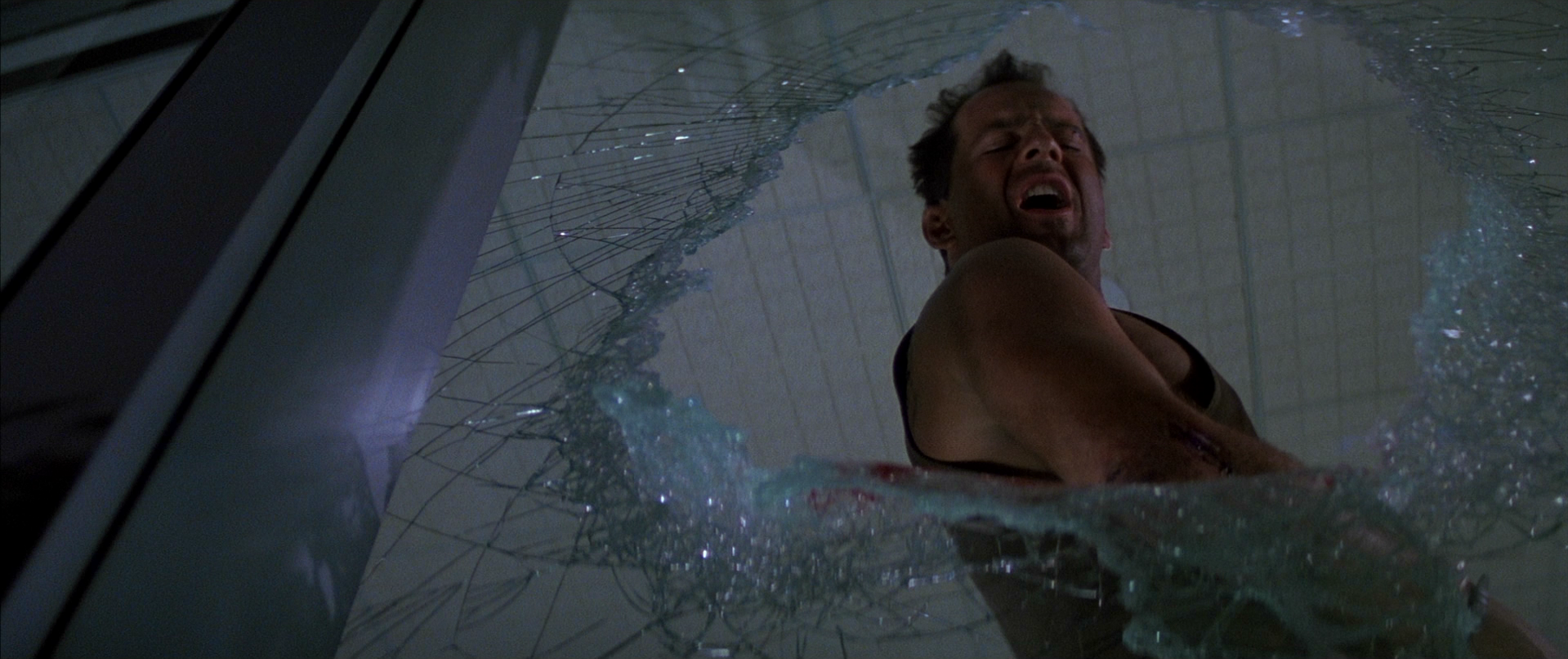 With the release of A Good Day to Die Hard only two weeks away, 20th Century Fox has decided to take a look back at the previous chapters of one of the most influential action series of all time. The original Die Hard, which introduced audiences to infinitely resilient NYC cop John McClane (Bruce Willis), did in fact change everything when it was released in 1988, shifting the idea of action movies away from gritty, cheap Arnold Schwarzenegger vehicles and more in the direction of stylish, big-budget productions with a likable, emotionally vulnerable hero with a snappy comeback for everything. The influence of Die Hard on Hollywood action pictures was so enormous that it became a movie executive shorthand: every action movie was described as "Die Hard on a..."
With the release of A Good Day to Die Hard only two weeks away, 20th Century Fox has decided to take a look back at the previous chapters of one of the most influential action series of all time. The original Die Hard, which introduced audiences to infinitely resilient NYC cop John McClane (Bruce Willis), did in fact change everything when it was released in 1988, shifting the idea of action movies away from gritty, cheap Arnold Schwarzenegger vehicles and more in the direction of stylish, big-budget productions with a likable, emotionally vulnerable hero with a snappy comeback for everything. The influence of Die Hard on Hollywood action pictures was so enormous that it became a movie executive shorthand: every action movie was described as "Die Hard on a..."
It's impossible to point to a single thing that makes the original Die Hard so successful. The film is a perfect storm of savvy decisions that seem logical and innocuous but pay off in incredible dividends when watching the finished film. McTiernan saw, in Bruce Willis' performance as David Addison on "Moonlighting," how his wry charisma would work perfectly for McClane. Co-writer Jeb Stuart's "near-death" experience with a box on the freeway following a fight with his wife moved him to de-age the lead character from Roderick Thorp's book Nothing Lasts Forever and give McClane similar unresolved marital tension as motivation. Joel Silver had the idea of bringing in a stage actor named Alan Rickman to play a suave, charismatic villain, who McTiernan then downgraded from actual terrorist to bank robber. Finally, Willis' own love of Roy Rogers inspired the film's other co-writer to come up with McClane's signature catchphrase, and his exhaustion from his schedule forced de Souza to beef up the roles of the other characters, giving characters like Al Powell (Reginald VelJohnson), Ellis (Hart Bochner), Argyle (De'voreaux White), and Richard Thornburg (William Atherton) fleshed-out, interesting, and funny parts to play amid the action.
It may be lost on modern audiences how different Die Hard really was. Although modern action heroes like Jason Bourne and James Bond are routinely given human weaknesses and emotional facets, it was a shock to see McClane crying as he chokes out a message for Powell to relay to his wife Holly (Bonnie Bedelia). One look at the stark simplicity of a film like Commando, made by 20th Century Fox a few years earlier, and the incredible style of Die Hard jumps off the screen: the beautiful design of the floor with Holly's office, the way McTiernan and DP Jan De Bont make a stairwell or an elevator shaft unique and visually interesting, and the scope seen from the Nakatomi rooftop (in reality, the newly-built Fox Plaza). 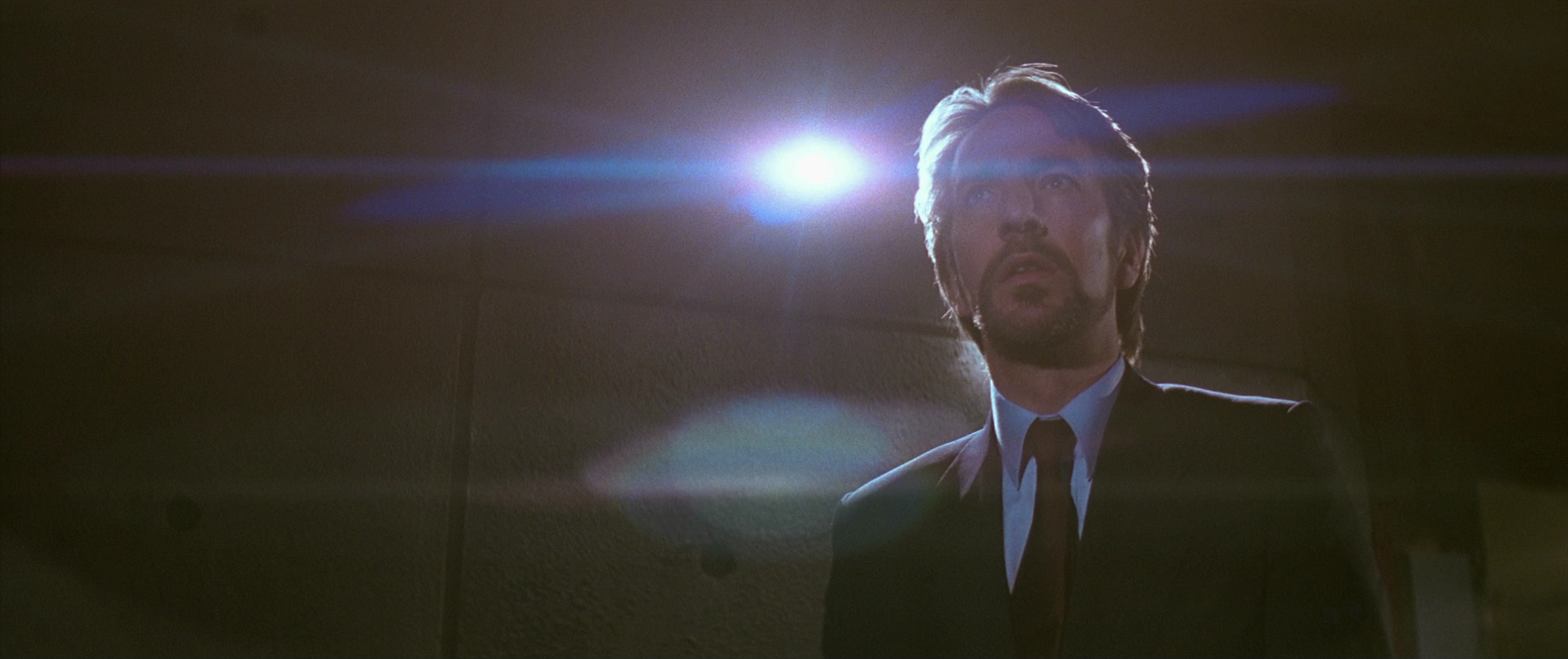 Artful touches like composer Michael Kamen's use of "Ode to Joy" (a McTiernan suggestion) to build his fantastic score around help round out the picture, and McTiernan's direction is top-notch, clearly establishing crucial action geography in nearly every shot (some current directors really ought to sit down and study the movie). There are certainly parts that feel a little cheesy (such as the complete ineptitude of Paul Gleason's police chief Dwayne T. Robinson, which famously bothered Roger Ebert), but it's hard to make a big deal out of them now; the status of Die Hard as one of, if not the best action movie of all time is more than valid.
Artful touches like composer Michael Kamen's use of "Ode to Joy" (a McTiernan suggestion) to build his fantastic score around help round out the picture, and McTiernan's direction is top-notch, clearly establishing crucial action geography in nearly every shot (some current directors really ought to sit down and study the movie). There are certainly parts that feel a little cheesy (such as the complete ineptitude of Paul Gleason's police chief Dwayne T. Robinson, which famously bothered Roger Ebert), but it's hard to make a big deal out of them now; the status of Die Hard as one of, if not the best action movie of all time is more than valid.
Of course, if that's true, there's really no way that the film's sequels can live up to that bar, and they don't. Still, all three offer varying degrees of success at defining the character of McClane, and continuing his streak of unbelievably bad luck. The first, Die Hard 2: Die Harder is probably the weakest of the series, relying heavily on the same characters and scenarios of the original, to the point where McClane actually points it out to the audience. In the film, McClane is waiting at Dulles International Airport to pick up Holly when a gang of terrorists led by the ruthless Colonel Stuart (William Sadler) take over the airport in order to pick up imprisoned General Esperanza (Franco Nero) and make a break for a country with no extradition.
Although it's probably cheating to say that Die Harder violates the rules of the franchise when there aren't any yet, the fact that it pits McClane against real terrorists doesn't sit well against the light tone of the original. There's nothing wrong with Colonel Stuart as the villain of an action movie in principle -- his guidance of an entire airplane right into the tarmac is pretty memorable -- but the original Die Hard rejects the same ideas of jingoistic American heroism that Die Hard 2 embraces. Not only is Stuart genuinely invested in his political cause, but as an American soldier whose loyalties lie elsewhere, the need to take him out has some slightly uncomfortable connotations. When McClane grunts his signature catchphrase at the end of the movie, he might as well salute.
Where the look of the first movie was rich and stylish, the look of Die Harder is bland and unremarkable. Place the movie in a lineup next to a bunch of Steven Seagal and Jean-Claude Van Damme movies from the early '90s and it'd blend right in. That said, it's not all dire: McClane is flanked by a number of fun supporting characters, including Captain Carmine Lorenzo (Dennis Franz), an appropriately slimy, bullheaded airport chief who doesn't like McClane. I might just like Lorenzo because he actually gets to change over the course of the movie, but hey, it's something. A somber Fred Dalton Thompson in the control tower adds some fun action gravitas, while Art Evans and Tom Bower are memorable as characters filling the Al Powell function, if not the role 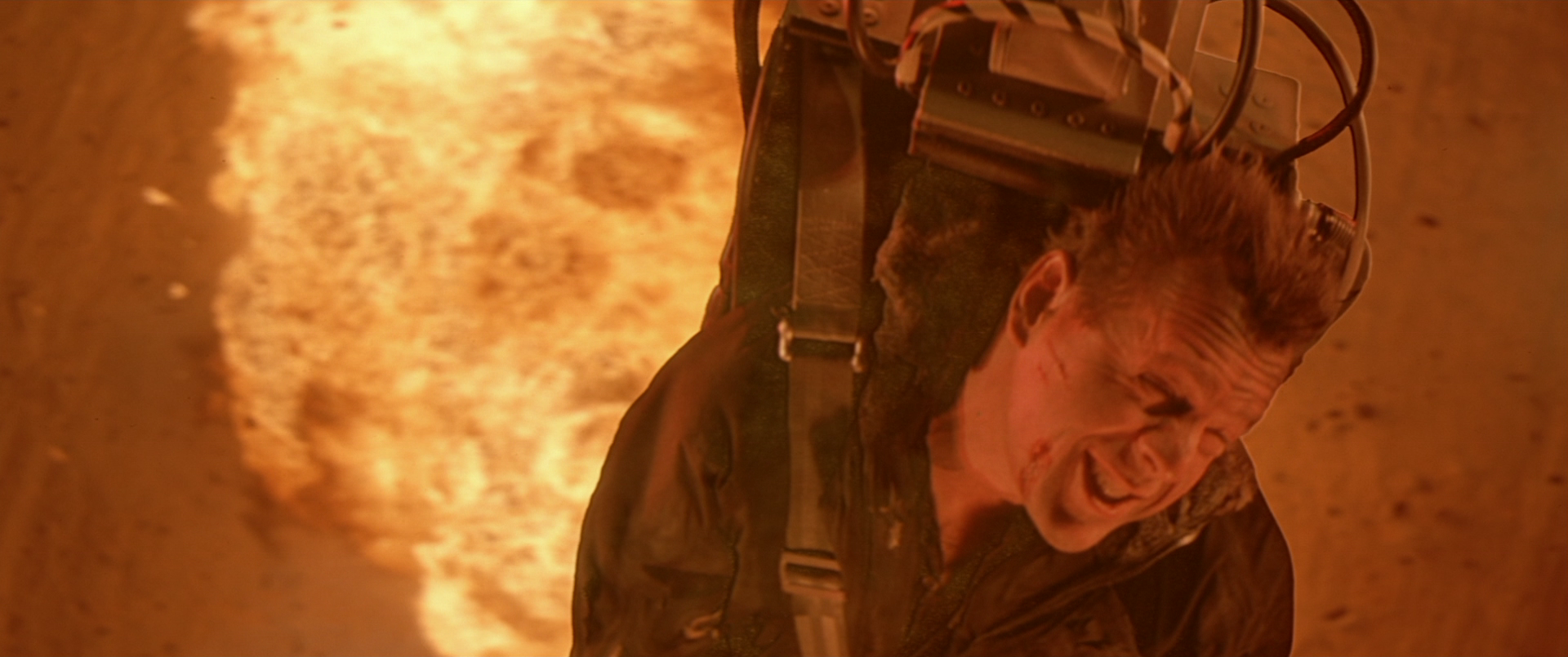 (VelJohnson has a totally unnecessary but welcome cameo of his own). Bedelia spends more time with Atherton, this time trapped in an airplane, and finally John Amos elevates a corny role as a military captain who butts heads with McClane.
(VelJohnson has a totally unnecessary but welcome cameo of his own). Bedelia spends more time with Atherton, this time trapped in an airplane, and finally John Amos elevates a corny role as a military captain who butts heads with McClane.
The third film, Die Hard With a Vengeance, tries to re-locate the series' identity. McTiernan is back in the director's chair, McClane is in his hometown of NYC, and the stakes are another robbery, this time the heist of $140 billion in gold bullion from the Federal Reserve. Filmed shortly after Pulp Fiction took the world by storm, the picture re-teams Willis with Samuel L. Jackson, who plays a racially tense store owner named Zeus Carver, drawn into the cat-and-mouse game with McClane and bad guy Simon (Jeremy Irons) when he saves McClane during the first challenge. While the rest of the NYPD goes on a citywide search for a gigantic explosive hidden in a school, McClane and Carver follow Simon's instructions on a mad dash across the city.
A great deal of the success of Die Hard With a Vengeance has to be credited to the casting of Jeremy Irons, who bites into his villainous part with relish. Rickman may have had more menace, but Irons arguably has more fun, playing with accents, toying with McClane, and executing his plan with a self-satisfied glee. It's hard not to applaud as an army of tiny bulldozers roll into the Federal Reserve and start scooping up piles of gold bars; if it weren't the conflict in a Die Hard movie it could be a heist film of its own. The addition of Jackson is also inspired, and the relationship that builds between Carver and McClane feels earned in a way that other "mismatched hero" stories often don't. McClane may have seen it all before, but Carver's nervousness matches well with McClane's "seat-of-the-pants" survival strategies. Sadly, after test audiences reacted poorly to a dark ending with a rocket launcher, McTiernan and company hastily shot a new ending with the summer release date looming. There's nothing particularly wrong with the concept they came up with, but the energy of the execution is off and the pacing is rushed, bringing the quality of the film down several notches right before it ends.
After Vengeance, the series disappeared for several years. 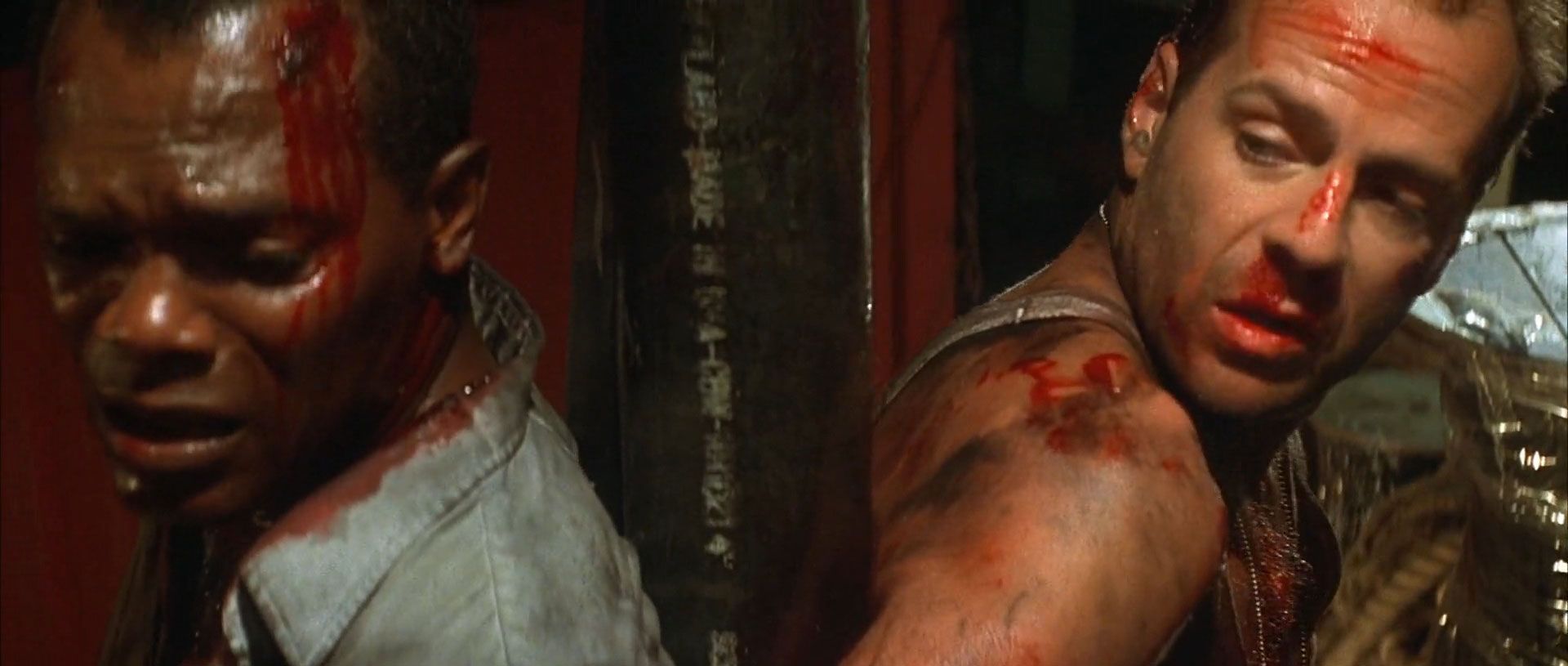 The events of 9/11 put the brakes on further sequels (thought at the time to be permanent), as the nation's view on terrorists in movies shifted drastically. Finally, some eleven years later, development on a fourth Die Hard started kicking into high gear. However, a franchise that's spent over decade away from the big screen and the public consciousness gives studios cold feet, and as the film was written, shot, and moved closer to release, restrictions and changes began to emerge. McClane would be teamed with a younger man (initially, it was his son, Jack, a thread ultimately saved for the fifth film). The story would revolve around cyber terrorism, an area Hollywood struggles to understand. Underworld director Len Wiseman was hired, a very unpopular decision online. Willis insisted on keeping his head shaved, altering John's look significantly. Finally, the film would be rated PG-13, severely limiting the brutal violence and the foul language that were so prominent in the original (plus, the semi-related decision to have John stop smoking), which for many was the last straw.
The events of 9/11 put the brakes on further sequels (thought at the time to be permanent), as the nation's view on terrorists in movies shifted drastically. Finally, some eleven years later, development on a fourth Die Hard started kicking into high gear. However, a franchise that's spent over decade away from the big screen and the public consciousness gives studios cold feet, and as the film was written, shot, and moved closer to release, restrictions and changes began to emerge. McClane would be teamed with a younger man (initially, it was his son, Jack, a thread ultimately saved for the fifth film). The story would revolve around cyber terrorism, an area Hollywood struggles to understand. Underworld director Len Wiseman was hired, a very unpopular decision online. Willis insisted on keeping his head shaved, altering John's look significantly. Finally, the film would be rated PG-13, severely limiting the brutal violence and the foul language that were so prominent in the original (plus, the semi-related decision to have John stop smoking), which for many was the last straw.
Personally, I'm a pretty big fan of Live Free or Die Hard. Again, the original Die Hard is one of the best action movies of all time, so the idea that the third sequel, made almost 20 years later, should be held to the exact same standard, especially given the two sequels in between, is absurd. Although there's no way that I, as a fan of the series, would ever have asked for a PG-13 Die Hard, it's also hard to argue that blood and violence are more important to McClane's character than, well, his actual character. He's a man who goes on instinct instead of strategy, who dislikes authority, has trouble getting along with his family, and who would be happy to leave the responsibility of saving the world to others if that responsibility didn't keep showing up on his doorstep. Screenwriter Mark Bomback, Wiseman, and Willis himself work very hard to make sure those aspects of McClane are present in Live Free, and even if it would be much, much better to hear McClane's big line uninterrupted*, the flavor of the series is still present.
Additionally, although I never have and likely never will see an Underworld movie, Wiseman has to be commended for several of his technical choices, namely the decision to do as many stunts practically as possible. The popular gag where a cop car slams into a helicopter is not computer graphics, but a real car being flung into a copter hung from a crane. Later, a real SUV dangles in an elevator shaft (a three story cutaway built in the studio) in one of the film's most entertaining sequences. McClane also gets into a couple of hand-to-hand fights with some real martial artists (including Maggie Q and parkour star Cyril Raffaelli, best known for the French action movie District B13). Wiseman has a tendency to mar some of these shots with poor greenscreen effects that make them look fake 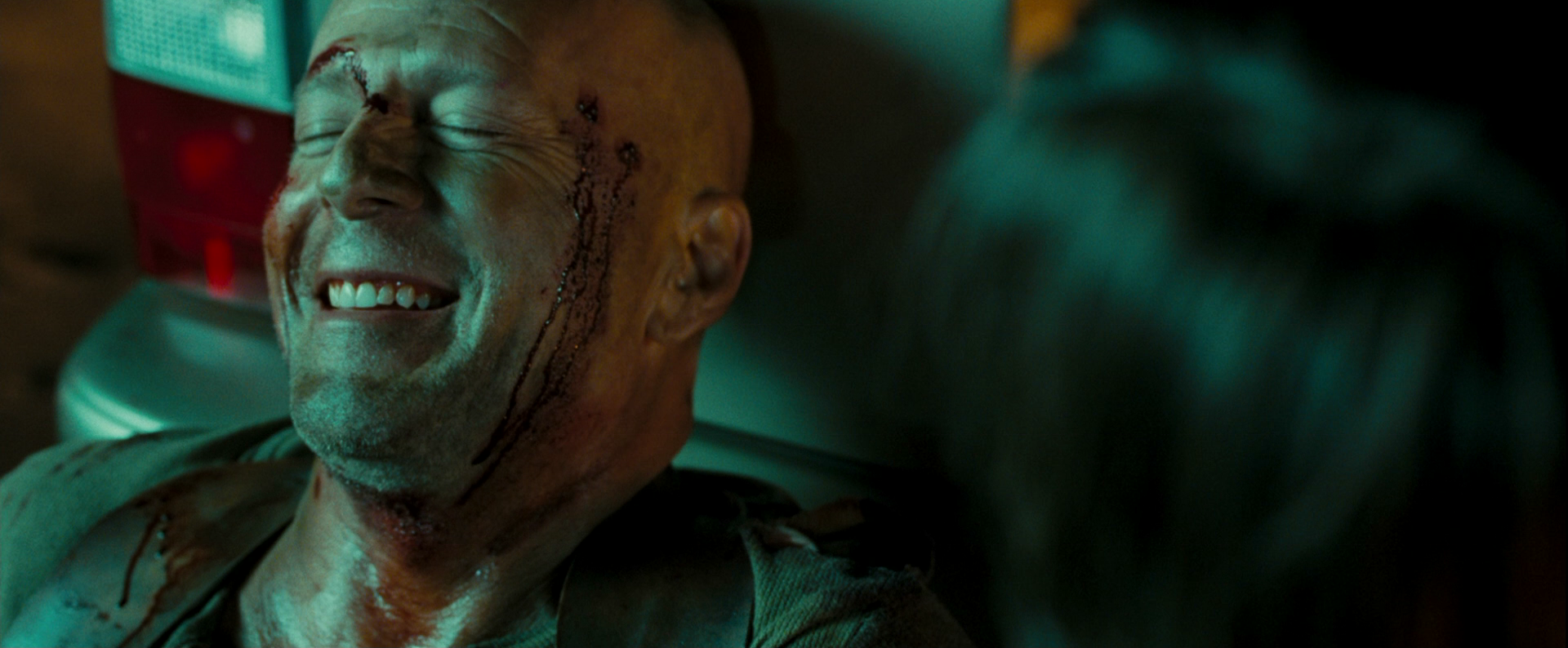 (the flying taxi that bounces off two other cars is also a live physical effect, but you wouldn't know it from the visibly digital placement of Willis and Justin Long in the frame or the CG glass flying around them), but his competency as an action director is not in question. His decision to bathe the film in his usual blue filters (adding brown for good measure) is less commendable, and the film has a significant ADR issue (lots of re-recorded dialogue awkwardly dropped into characters' mouths), but it's a strong effort from a filmmaker widely considered to be a poor choice.
(the flying taxi that bounces off two other cars is also a live physical effect, but you wouldn't know it from the visibly digital placement of Willis and Justin Long in the frame or the CG glass flying around them), but his competency as an action director is not in question. His decision to bathe the film in his usual blue filters (adding brown for good measure) is less commendable, and the film has a significant ADR issue (lots of re-recorded dialogue awkwardly dropped into characters' mouths), but it's a strong effort from a filmmaker widely considered to be a poor choice.
Much has been made of McClane's transformation from "everyman" into a superhero, but it's a little bit overblown. When Die Hard was released, the character stood out against the environment around him, emphasizing the ways in which McClane was different, but at the end of the day, he's still a model of physical resilience, a trained police officer, and is naturally going to get better at dealing with crisis situations over the course of four movies. McClane jumping off the wing of a crashing jet may be ridiculous, but it's only one sequence, and it's honestly only a little sillier than, say, McClane surfing a dump truck. Throughout the rest of the film, he has a nice element of weariness that goes well with McClane's personality, and the movie gets plenty of mileage contrasting the character's old-fashioned, rough-and-tumble nature with modern-day slickness (and his hilarious self-satisfaction at discovering his own ass-kicking skills aren't rusty). Live Free or Die Hard happened to hit theaters at the height of the current "humanized hero" craze, mixed in around the second Bourne film, Casino Royale and Mission: Impossible III, in which Cruise's Ethan Hunt gets married, and it opened the same summer as Transformers, the grittiest re-imagining of a toy line of cars that turn into robots imaginable. In that environment, McClane as a throwback to over-the-top '80s action, as unusual as it is, kinda felt like a breath of fresh air.
As usual, a big part of the equation is the characters / cast members surrounding McClane, and there are more positives than negatives. Olyphant's sniveling anti-Gruber Thomas Gabriel doesn't quite register the way Wiseman, Bomback, or Olyphant hoped, but Q and Raffaelli are better and take away some of the pressure. Mary Elizabeth Winstead is an inspired Lucy, finding the right tone and attitude that says "McClane family," and despite my fears about the character being obnoxious, Justin Long is very funny as Matt Farrell, a hacker whose involvement in Gabriel's plan is the thread that pulls in McClane. Kevin Smith is less successful as the film's exposition machine; he delivers his dialogue very well, but the jokes are pretty strained. The movie's cyber terrorism plot, the title, the Independence Day setting, and some of the stakes do threaten to again place McClane on the wrong side of patriotism (a short speech he makes outside a coffee shop is kind of embarrassing), but the film ultimately defuses the threat with Credence Clearwater Revival and one well placed line: "They're goin' after the money."
The four films in the Die Hard series are so disparate and different that it's hard to summarize them as a whole, 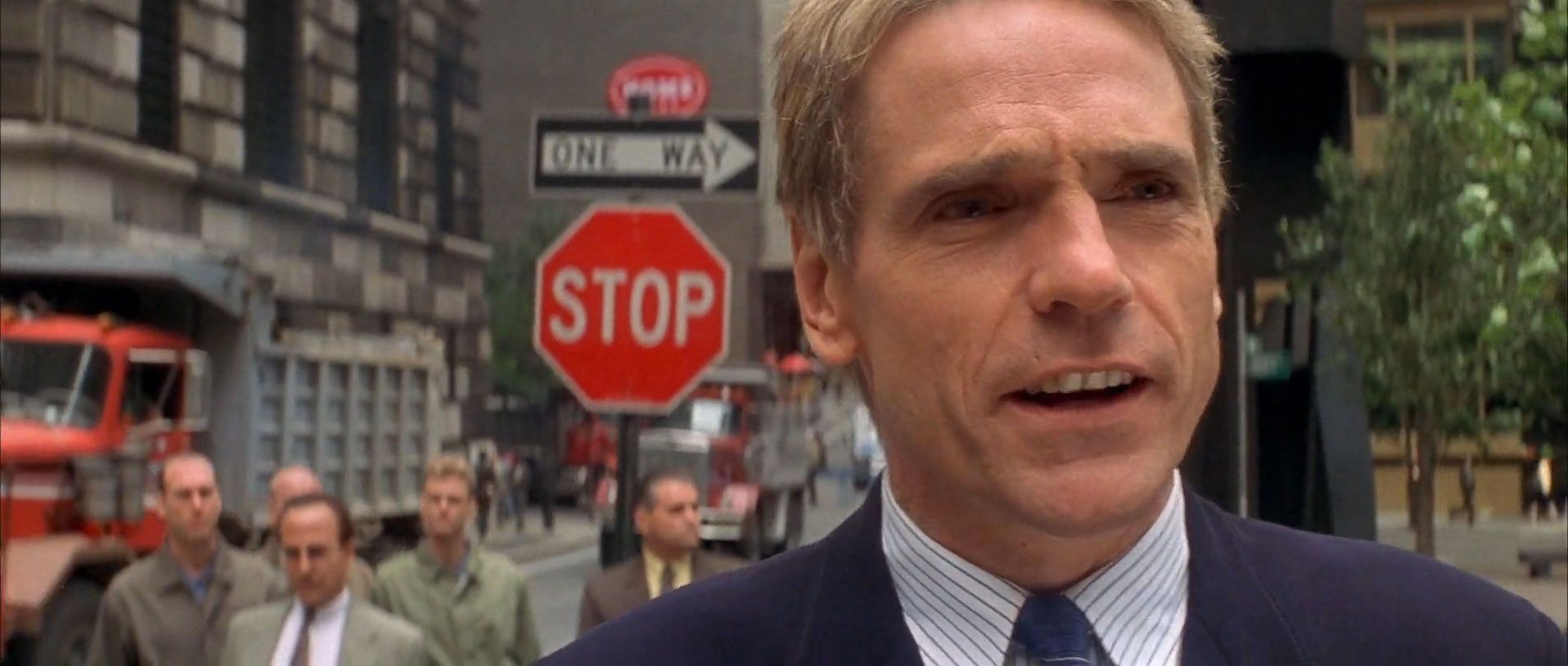 but the character of McClane has proved as resilient a pop culture icon as he is a police officer. There are plenty of movie heroes in the world, but few of them have carved out as wide or as lasting a space in action movie history as John McClane, and still the Die Hard franchise marches on, serving as the perfect "fly in the ointment, the monkey in the wrench, the pain in the ass" to all the other, stiffer action franchises. Yippee-ki-yay, motherfucker, indeed.
but the character of McClane has proved as resilient a pop culture icon as he is a police officer. There are plenty of movie heroes in the world, but few of them have carved out as wide or as lasting a space in action movie history as John McClane, and still the Die Hard franchise marches on, serving as the perfect "fly in the ointment, the monkey in the wrench, the pain in the ass" to all the other, stiffer action franchises. Yippee-ki-yay, motherfucker, indeed.
Die Hard: *****
Die Hard 2: Die Harder: **1/2
Die Hard With a Vengeance: ****
Live Free and Die Hard: ***1/2
*Yeah, there's an Unrated version of Live Free or Die Hard, but the majority of the language has mostly been added to the picture in post, and blood consists of red CG dust clouds that dissipate instead of actually appearing on surfaces or clothing. The Unrated cut is also not included in this collection -- it wasn't finished in time for the Blu-ray release back in 2007, and has yet to show up on disc in HD anywhere in the world.
The Blu-ray
20th Century Fox's 25th Anniversary Blu-ray Collection features an interesting "shattering glass" effect to unite all four films and the bonus disc in book-style packaging. A sturdy matte slipbox bearing an image of modern-day Willis on the front and the base of a bullet slamming into glass on the back houses a book with the discs inside. There are many who dislike this style of packaging, where the discs slide out the end of the pages as opposed to sitting completely inside the page (like 20th Century Fox's Star Wars and Alien sets), but all of my discs slid out easily and were not scratched or marked. Each page has a corresponding image of Willis and the movie's title, done up in the same "shattering" style as the front, with the bullet seen on the back of the cutting a fiery path "through" each page. The discs also all receive new artwork, as if the bullet passed through the center hole (clever). It's a nice set, although it's a shame there's no actual book content whatsoever, and that they chose a current photo of Willis for the front instead of a more classic, uniquely Die Hard image.
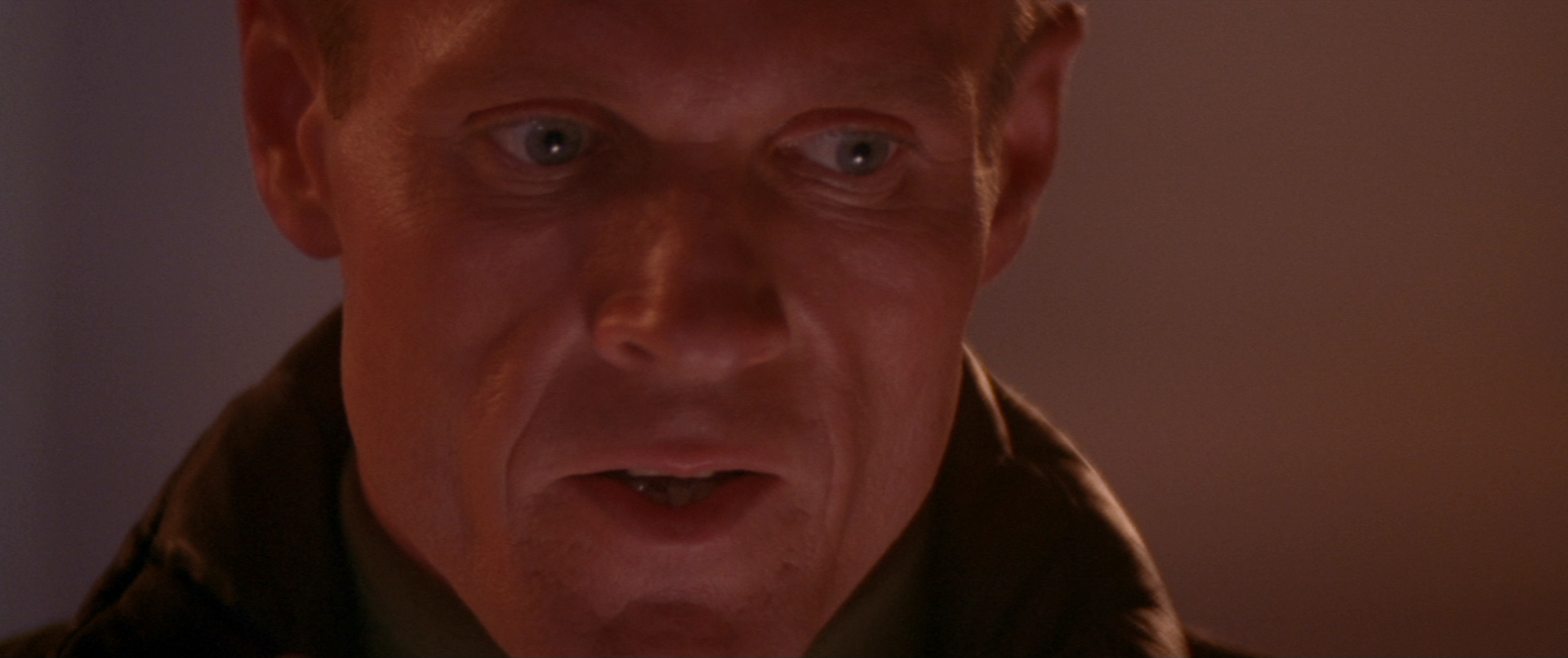
The Video and Audio
Despite the fact that 20th Century Fox recently produced a new 4K master for the original Die Hard (likely for the theatrical re-release of the film, which plays in a marathon in the US and by itself in the UK, to promote A Good Day to Die Hard), the discs included in this set are all the same discs already available (with new disc art to match the new packaging). All four are presented with 1080p 2.35:1 AVC-encoded HD transfers.
However, for those who don't own the movies and want to brush up before the new entry, things aren't all bad. The transfer for Die Hard has a mediocre reputation it really doesn't deserve. A new scan of the original negative would certainly reveal additional color and detail, but this is a respectable presentation that looks much better than the DVD. A healthy sheen of film grain blankets a well-defined, dimensional image. Textures and nuance indicative of HD are easily spotted, and colors generally look good. Although plenty of Die Hard takes place in the dark, during brighter scenes (such as Al's Circle K pit stop), it's hardly even evident that there's room for improvement.
The real place improvements could be made is the first two sequels. Die Hard 2 fares the worst: Harlin and cinematographer Oliver Wood frequently aim for sunset oranges and blues, thick with smoke. It'd be a challenge even for a brand new 1080p master, but this master (potentially 13 years old) has no depth whatsoever and frequently fails to bring out any more detail than the DVD. Die Hard With a Vengeance lands somewhere in between the original and the first sequel. This one tends to look sharper, but some of that is edge enhancement baked into the master. Grain returns, but colors can sometimes appear washed out, which again robs the picture of significant depth. Of course, Live Free or Die Hard, produced with all the tools and technology of the Blu-ray era, looks immaculate, with incredible clarity and crispness, and eye-popping reproduction of Wiseman's (ill-advised) color palette.
Each film gets a DTS-HD 5.1 Master Audio track. Like the video, Die Hard could use an improvement but sounds alright. Michael Kamen's classic score sounds pretty good, but there's something missing from the sound effects, and the experience is not as all-encompassing as I'd like it to be. Similarly, Die Hard 2 mirrors the video with a resoundingly mediocre aural presentation. This time, both the music and the sound effects are half-heartedly dispersed, mainly across the front channels, and dialogue can even sound a little murky from time to time.
Die Hard With a Vengeance picks up significantly, with a thunderous, exciting action mix that will remind viewers more of modern movies. Standout moments include the thunderous explosion of Bonwit-Teller, the rumble of the water pouring into the pipeline, and each screeching tire and piece of broken glass during the car chase / shootout. Finally, and again, not surprisingly, Live Free or Die Hard gets the best mix of all, fine-tuned and carefully adjusted with the finesse of a 2000s-era summer blockbuster. 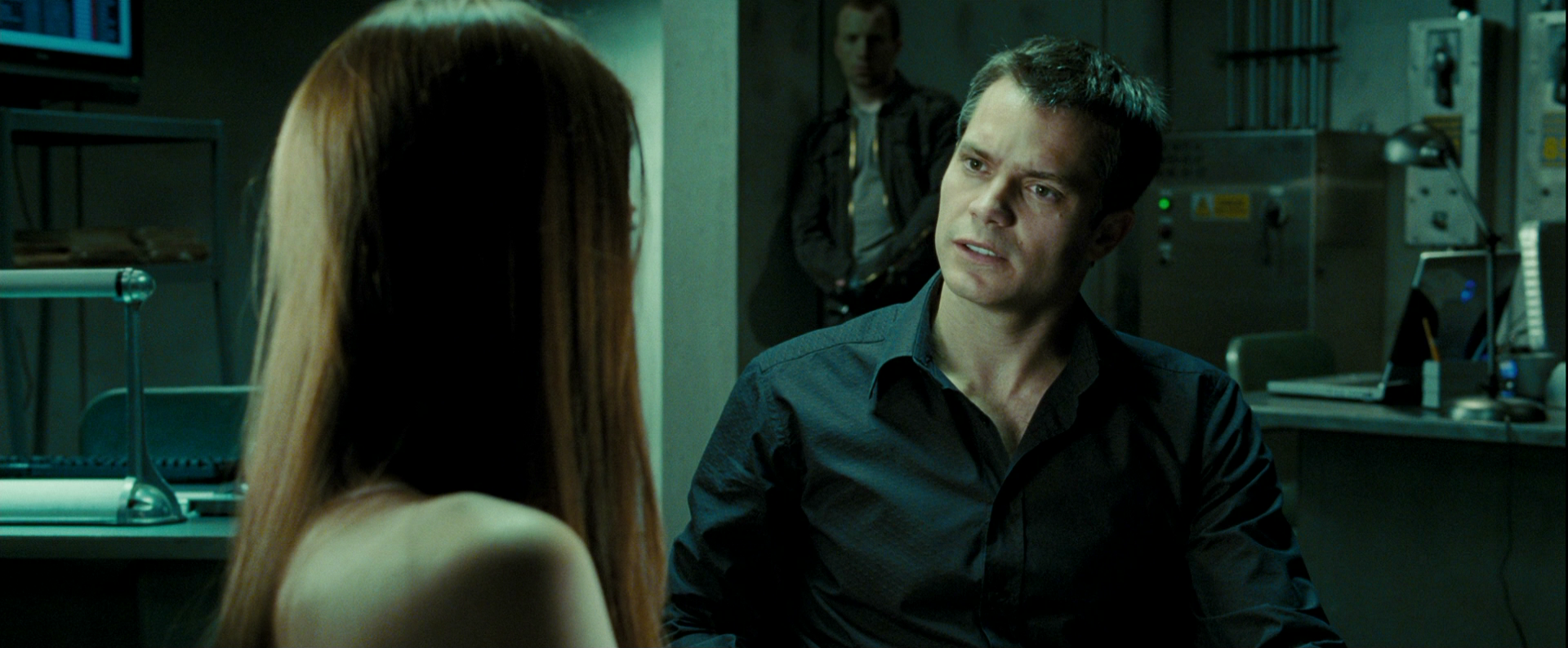 All four films also feature French and Spanish audio tracks (5.1 for 1, 2, and 4, 2.0 for 3), and 1, 2, and 4 also include lossy English tracks (2.0 for 1 and 2, 5.1 for 4). Subtitles for 1-3 include English, Spanish, Cantonese, and Korean for all 4 movies, while all four include English captions for the deaf and hard of hearing.
All four films also feature French and Spanish audio tracks (5.1 for 1, 2, and 4, 2.0 for 3), and 1, 2, and 4 also include lossy English tracks (2.0 for 1 and 2, 5.1 for 4). Subtitles for 1-3 include English, Spanish, Cantonese, and Korean for all 4 movies, while all four include English captions for the deaf and hard of hearing.
The Extras
As the film discs are the same ones previously released, the extras on board are also the same: material not carried over from the DVD editions remain MIA (like the editing suite for Die Hard, and the Unrated cut of Live Free or Die Hard), and any throwaway Blu-ray exclusive bells and whistles (like D-BOX) are still included. DVDTalk has a review of the previous set here, and a review of Live Free or Die Hard here.
However, the package does offer an entirely new bonus Blu-ray with a series of retrospective features on the whole series, entitled "Decoding Die Hard", which is made up of seven parts: "Origins - Reinventing the Action Genre" (19:35, HD), "John McClane - Modern Day Hero" (16:29, HD), "Villains - Bad to the Bone" (20:41, HD), "Sidekicks - Along For the Ride" (19:09, HD), "Fight Sequences - Punishing Blows" (7:29, HD), "Action - Explosive Effects" (14:37, HD), and "The Legacy - The Right Hero For the Right Time" (8:55, HD), with a Play All option (total running time 1:47:01). This is a decent overview of the entire series, complete with brand new interviews with the majority of the main cast and crew: John McTiernan, Jeb Stuart, Steven E. de Souza, Joel Silver, Jan De Bont, Alan Rickman, Reginald VelJohnson, De'voreaux White, William Atherton, Hart Bochner, Renny Harlin, William Sadler, Jonathan Hensleigh, Jeremy Irons, Len Wiseman, Justin Long, Mary Elizabeth Winstead, and Kevin Smith all participate, in addition to many other key cast and crew members.
The best featurettes are the first two, devote about two-thirds of their time discussing the creation of the original Die Hard, before devoting the final third to all three sequels. On the other hand, many of the more focused segments that follow feel a little more generic, although the participation of Rickman and Irons really improves the "Villains" piece, and Richard Edlund shares the funniest story on the disc (about Joel Silver's reaction to one of his miniature shots) in the effects clip. It's also a tad awkward grouping all of the movies in the same extras, because frequently what one participant says was a great idea or strategy for the Die Hard film they worked on is the opposite tactic than the later sequels took (for example, Renny Harlin's comments about keeping the series contained to a single location, or the producers of Live Free discussing how the character of McClane felt tied to American soil).
Personally, I think it's a bit of a shame that 20th Century Fox didn't opt to cover each film in the series individually in longer, more in-depth documentaries; when they repeatedly call up the same cast and crew members to reminisce in these shorter featurettes (many of the same people were interviewed for a 2007 trilogy DVD box bonus disc, none of the content of which is included here), it's hard not to worry they're going to end up saying no to more interviews by the time a definitive box set is being prepared. On the other hand, the almost complete absence of Bruce Willis in the series' DVD and Blu-ray extra features is always a card that can be pulled out once the series is finally over, not to mention the set also lacks the participation of Bonnie Bedelia, Robert Davi, John Amos, Dennis Franz, Fred Dalton Thompson, and Samuel L. Jackson, 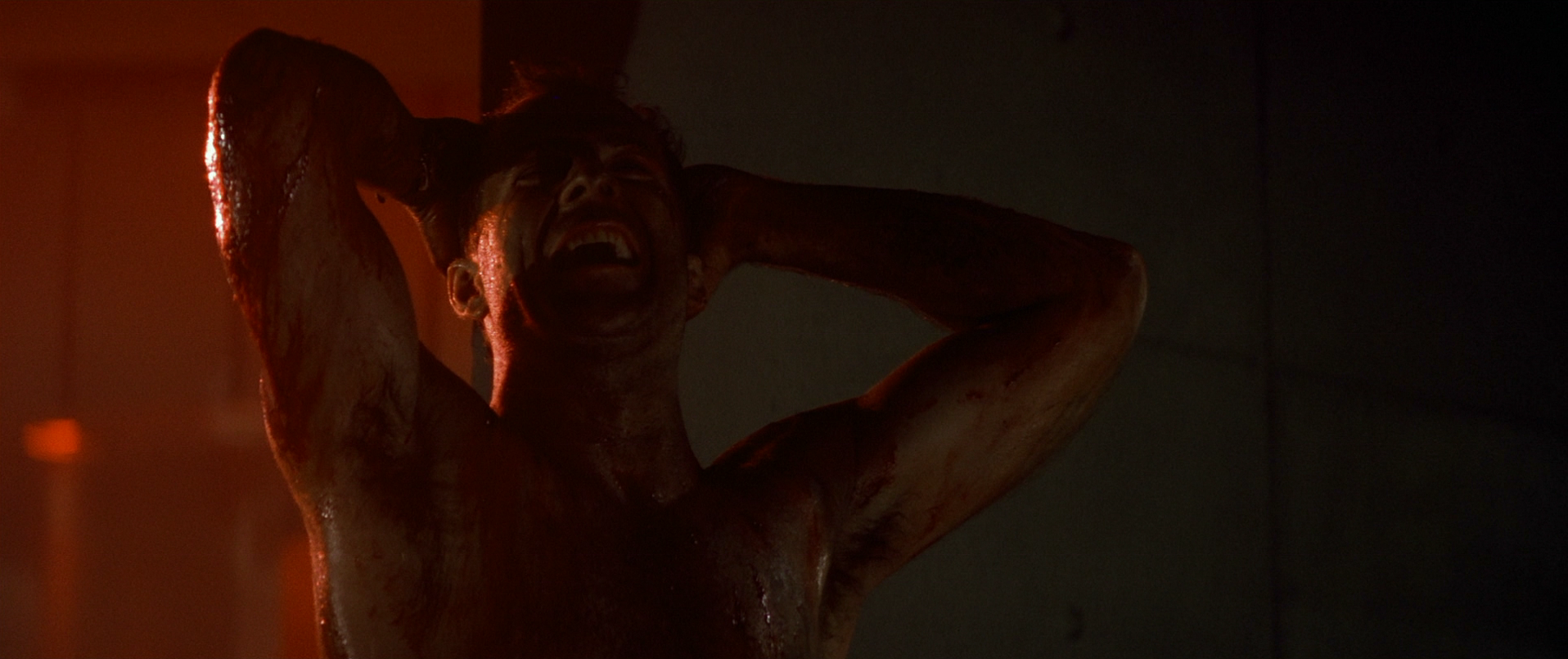 and any vintage interviews or even discussion of a few key cast members who have passed on (Alexander Godunov, Paul Gleason, or composer Michael Kamen).
and any vintage interviews or even discussion of a few key cast members who have passed on (Alexander Godunov, Paul Gleason, or composer Michael Kamen).
The only other extra is "Die Hard Trailers" (8:40, HD), a brief program that shows you five trailers (including one for A Good Day to Die Hard in order. Nice, I guess, although the larger library of trailers and TV spots for the first three films are included on their respective Blu-ray discs.
Conclusion
Admittedly, this is probably not the definitive Die Hard Blu-ray box set. Bruce Willis has stated his intention to do a sixth film, so all home video bets are off until he's done with the franchise, and although the new bonus features are entertaining, it's hard to imagine there won't someday be a set more in line with 20th Century Fox's own Alien Anthology, with brand new A/V presentations. That said, for those that don't already own the series on Blu-ray and are in the mood right now, this is a decent deal: most stores are carrying the set for around $30, and there's at least one retailer that includes a free ticket to see A Good Day to Die Hard. Considering that breaks down to $15 for the discs, $5 for the bonus disc, and $10 to see the new movie, that's a great deal for one of the best action franchises of all time. Recommended.
Please check out my other DVDTalk DVD, Blu-ray and theatrical reviews and/or follow me on Twitter.
|
| Popular Reviews |
| Sponsored Links |
|
|
| Sponsored Links |
|
|
| Release List | Reviews | Shop | Newsletter | Forum | DVD Giveaways | Blu-Ray | Advertise |
|
Copyright 2024 DVDTalk.com All Rights Reserved. Legal Info, Privacy Policy, Terms of Use,
Manage Preferences,
Your Privacy Choices | |||||||









